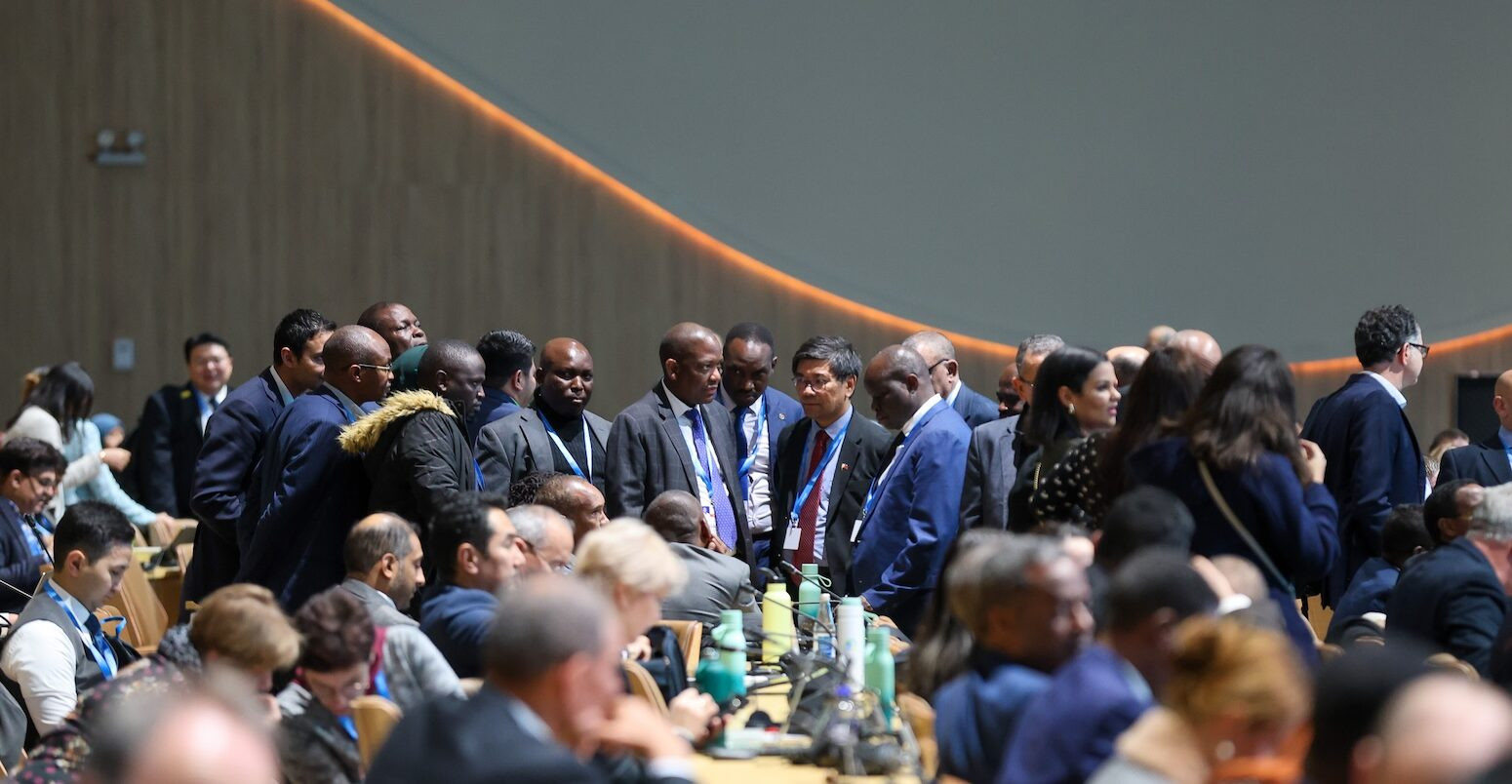Introduction
This module content will provide you with a foundational for the understanding of, and effective climate change communication. You will get insights into the key concepts related to climate change and the importance of communication in driving climate change awareness, behaviour change, and policy action that are key to effectively communicate complex climate science to various audiences.
Upon completion of this module, you should be able to:
(i) Explain the basic science behind climate change, and its impacts globally and in Uganda.
(ii) Recognize the importance of climate change communication in addressing the crisis.
(iii) Identify the key challenges and opportunities in communicating climate change.
(iv) Define the role of the media in climate change communication.
(v) Explain the importance of conveying urgency while avoiding panic.
- Teacher: Christine Kobusingye

- Teacher: Christine Kobusingye

Introduction
This module is designed to equip journalists and media practitioners with the knowledge and skills necessary to understand, analyze, and report on climate finance. It focuses on climate finance architecture, financial mechanisms, investment flows, and policy frameworks that are crucial for climate change mitigation and adaptation. By exploring the intersection of finance and climate action, learners will gain a comprehensive understanding of how funding and investment shape the global response to climate change, and how they can effectively communicate complex financial topics to diverse audiences.
Learning objectives
By the end of this module, learners will be able to:
(
i. Describe what climate finance is and explain its role in addressing climate change.
ii. Critically assess climate finance policies, investments, and initiatives.
iii. Report on climate finance in a way that is accessible, engaging, and accurate.
iv. Explore the role of financial institutions, governments, and international bodies in driving climate action through financing.
v. Identify and report on climate finance stories that resonate with audiences and drive awareness and action.
- Teacher: Christine Kobusingye
Introduction
This module is designed to introduce trainees the art of crafting compelling, impactful, and accessible stories about climate change. As the urgency of climate action intensifies, journalists, media practitioners, and content creators must communicate complex climate and environmental issues in ways that resonate with diverse audiences. This module focuses on storytelling techniques, narrative structures, and communication strategies that make climate change stories engaging, relatable, and inspiring while conveying the scientific, social, and emotional dimensions of the crisis. Students will learn how to blend facts, human interest, and solutions into powerful narratives that drive awareness and action.
Learning Objectives
1. Understand the principles of effective storytelling and how they apply to climate change communication.
2. Explain the importance of narrative in raising awareness, shifting perspectives, and motivating climate action.
3. To develop skills in crafting climate stories that connect with diverse audiences and inspire change.
4. To incorporate emotional engagement, human stories, and solutions into climate reporting.
5. To create media content that is not only informative but also persuasive and action oriented.
6. Appreciate climate change multi-media storytelling and climate change beat reporting.
- Teacher: Christine Kobusingye
Introduction
This module focuses on the ethical considerations, challenges and responsibilities that journalists and media practitioners face when covering climate change. It examines the ethical dilemmas involved in reporting on climate science, policy, and solutions, while ensuring fairness, accuracy, and integrity. The course explores ways in which media can influence public perception, policy, and action on climate change, and provides learners with the tools to navigate complex ethical issues in this rapidly evolving field, advocate for solutions, and maintain journalistic objectivity.
learning Objectives
1.
i. Appreciate the ethical principles and considerations specific to climate change journalism.
ii. Explore how journalists can responsibly report on climate science, policy, and impacts, ensuring accuracy while avoiding misinformation.
iii. Critically examine the balance between urgency, optimism, and realism in climate reporting.
iv. Address challenges related to framing climate change, including its intersection with social justice, equity, and accountability.
v. Reflect on the role of the media in influencing climate action, public opinion, and political decisions.
vi. Identify and avoid common pitfalls and biases in climate change reporting.
vii. Audiences
- Teacher: Christine Kobusingye

Introduction
This module explores how gender and social inclusivity intersect with climate change, and equips journalists and media practitioners with the skills to cover these issues in a fair, comprehensive, and sensitive manner. The course emphasizes the importance of recognizing and addressing the differential impacts of climate change on diverse groups, particularly women, marginalized communities, and other vulnerable populations. It offers practical guidance on how to report on climate change in a way that is inclusive, equitable, and gender-sensitive, fostering a more inclusive narrative in climate reporting.
Learning Objectives
By the end of this module, learners will be able to:
1. Explain and appreciate the linkage between climate change, gender, and social inequality.
2. Describe how climate change exacerbates existing gender and social inequalities.
3. Explore the roles of different genders and social groups in climate action.
4. Reporting on climate change in a gender-responsive and inclusive way.
5. Analyze the ethical and practical challenges of ensuring inclusive climate change reporting.
6. Highlight the importance of amplifying marginalized voices in climate discourse and actions.
- Teacher: Christine Kobusingye

Introduction
This module explores the intersection of climate change diplomacy, international negotiations, and the media. As climate change becomes an increasingly global issue, the role of diplomacy in shaping international agreements and conventions is paramount. This course examines how climate negotiations work, the key players involved, and how the media can influence or contribute to these discussions. Trainees will gain insights into how media coverage shapes public perceptions of climate diplomacy and how journalists and media practitioners can play a crucial role in climate negotiations, advocacy, and global climate policy.
Learning Objectives
By the end of this module, learners will be able to:
1. Describe the principles of climate diplomacy and the international climate negotiation process.
2. Analyze the role of the media in influencing climate negotiations, policy decisions, and public opinion.
3. Explore how journalists can cover complex climate negotiations effectively, providing clarity, context, and critical insights.
4. Explain the media’s role in shaping the narrative around climate justice, equity, and the global response to climate change.
5. Reporting on climate diplomacy, including how to cover international conferences, treaties, and agreements.
- Teacher: Christine Kobusingye
Introduction
This module explores the critical process of sourcing and verifying climate-related information used in climate change reporting. With the increasing prevalence of climate change as a global issue, accurate and credible data has never been more important. Participants in the training will examine a range of methods for sourcing reliable climate data, including scientific studies, government reports, and independent climate monitoring sources. Additionally, the module covers the verification process, which involves assessing the credibility, accuracy, and authenticity of climate data and claims.
Learning Objectives
Upon completing the module, learners should be able to:
- Identify and access reliable sources of climate data.
- Use established techniques to verify the accuracy and authenticity of climate information.
- Analyze the ethical considerations when sourcing and reporting on climate change data.
- Evaluate climate change reports and identify potential misinformation.
- Understand the role of verification in building public trust in climate change reporting.
- Teacher: Christine Kobusingye
